Trying to rank for a keyword on Google is like trying to navigate the Temple of Doom. On a unicycle. While being chased by flying monkeys. SEO experts mean well, but many often send you in circles.
Just when you think you’ve managed it, here come those damn flying monkeys again. And to make matters worse, these experts have even given you a map to follow, and your post still ends up on page 27 of Google. You feel there’s some secret you’re missing, or maybe you’re holding the map upside down…….
In this KeySearch review, let me shine a light on the path out of the ruins and onto page one of Google.
I avoided keyword research because it overwhelmed me. When I sat down to write a blog article and tried to find one I could rank for before I knew how to do keyword research, I got frustrated and gave up fast.

I often just picked one that matched my topic the best and wasn’t in the red, so it’s no wonder I never ranked for a single blog post. ?
But KeySearch entered my life and made the process of finding keywords much easier, and you’ll see just how mind-blowing this tool is.
However, I didn’t see the real magic of keyword research in the beginning. I was missing a piece of the puzzle that seemed to be keeping me in the dark just steps away from my escape from the Temple of Doom.
But KeySearch is easy to use and helped me solve a huge chunk of the puzzle. The real beauty lies in the features that I didn’t even know existed until right before I decided to write this post.
I want to help the other people just like me trying to peddle their way through all the dangers and pitfalls (both literally and figuratively, for real).
What You’ll Learn in This Post:
- What KeySearch is
- Why you need a keyword research tool
- A quick guide on how to use KeySearch + a Video Tutorial
- The best features of KeySearch and how you can benefit from them
- How to get KeySearch at a discount
- Alternatives to KeySearch
Related: The Ultimate Guide of the Best Gifts for Bloggers
What is Keyword Research?
Keyword research is the process of finding the right keywords you can rank for in search engines such as Google or Bing. This process helps you understand what potential clients in your niche are searching for and the phrases they use in their searches.
Keyword research gives you the data necessary to answer questions like what people are looking for, such as a peach pie recipe that rivals Aunt Mable’s, how to replumb your bathroom, or even where to find that Spongebob Squarepants Halloween costume.
It also tells you about how many people are searching for it and the format they want it in.
Keyword research is critical to your long-term success because you want to create content that people actually search for, and that’s a common problem for bloggers and online businesses.
Ahrefs studied two million random newly published website pages in 2017 and found out that 94.3 percent of them weren’t getting even one Google visitor.
But they didn’t stop there. Ahrefs took their study to the next level and studied their whole database of more than one billion pages and found out that 90.63 percent of these pages received no search engine traffic from Google.
Clearly, I’m not the only one getting chased through the Temple of Doom with flying monkeys chasing me just trying to find the right path out.
What is KeySearch?
KeySearch is a comprehensive (magical?) SEO tool that can compete with the big dogs like Ahrefs, Moz, and SEMRush, but you can get it for a teeny tiny price. While Ahrefs is my dream keyword research tool, I can’t justify paying $99.00 or $179.00 a month when KeySearch is so comparable for a fraction of the cost.
You’ll see a full list of most of KeySearch’s best features below, but here are a few of them:
· Keyword research tool
· Competitor analysis
· Keyword rank checker
· Backlink analysis
· Content assistant
KeySearch can help you find those keywords you can actually rank for that I call diamonds in the rough because they are hidden in the thousands of keywords that you would miss with a free tool. You can also track your SEO efforts and spy on competitors too.
But why do you need a KeySearch tool, you may be asking?

Why You Need a Keyword Research Too
The whole idea of SEO is to get your content recognized by Google so that you can drive more customers, clients, and readers to your website. A keyword research tool helps you find keywords easy for you to rank for, even if you’re new to blogging and online business.
And we all want help finding new clients, right? And what’s even better than cold pitching for new prospects? Having clients find you on Google! Well you need to rank on Google first.
But that’s not it. A great keyword research tool helps you determine the relevance of a keyword and the overall trends. You can even see real-time results for keywords for the most accurate metrics.
Without a keyword research tool, manual search findings would be outdated by the time you found the information you were looking for. Keeping track of your website’s ranking metrics and improving them is priceless as most keyword research tools have built-in tools that track your progress.
Plus, you save time finding valuable keywords and can easily stay competitive. That’s right, KeySearch can be a critical part of your time management strategy for writing blog posts that rank.
You can also plan your content in advance as well. All this with keyword research tools, so it’s no wonder that many of them are so expensive. But KeySearch isn’t. More on that later.
A Quick-Start Guide to Using KeySearch + Video
I created a video to show you some of KeySearch’s best features. Check it out.
Pros and Cons of KeySearch
Like every product out there, KeySearch has pros and cons. Here’s what I think the pros and cons are.
| PROS | CONS |
| Easy to use | There’s a daily limit on searches |
| Low price and multiple plan options | There is a slight delay when you switch between the different tabs |
| It’s cloud-based, so KeySearch returns results fast | I have found the rank tracker not to be quite as accurate as Ahrefs |
| YouTube research-Beta version | KeySearch takes longer to update after you make changes to your website |
| The KeySearch Chrome extension |
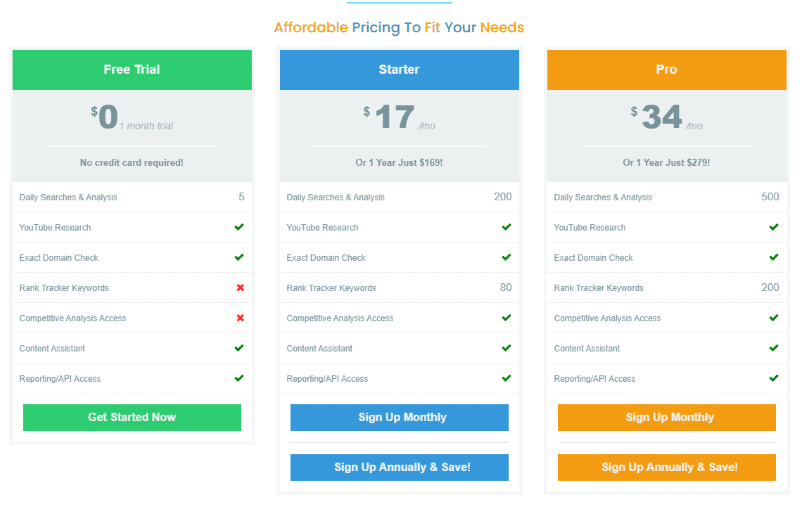
How Much Does KeySearch Cost?
So, before I get into all the great features of KeySearch, I know you’re wondering about the price. The starter plan is $17.00 a month, and the Pro is $34.00 a month. You can see the comparison of the two plans below.
I’ve never needed more than the Starter plan, and if you use my link, you can get 20% off with the Promo code KSDISC. That brings it from $17.00 a month down to $13.60, so you can’t beat the price, especially once you see all the awesome features below.
And even better, you get a 30-day free trial, so it’s a win-win! If you don’t like KeySearch, you’re not out any money, but I’m sure you’ll love it. Now on to those great features.
The Best KeySearch Features
Let’s take a look at some of KeySearch’s amazing features now.
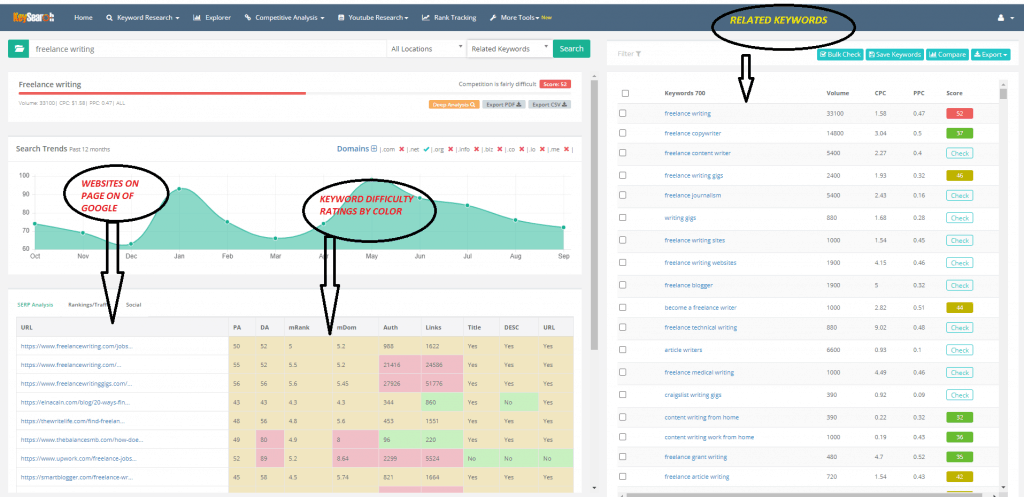
Keyword Research
I use the keyword research tool the most, and I love it because you can get so much information from it. This tab is keyword analysis at its best.
The first thing you do is type your keyword in the search bar, and you can even change the location and what related keywords show up, such as Google Suggest, YouTube Suggest, Etsy Suggest, and more.
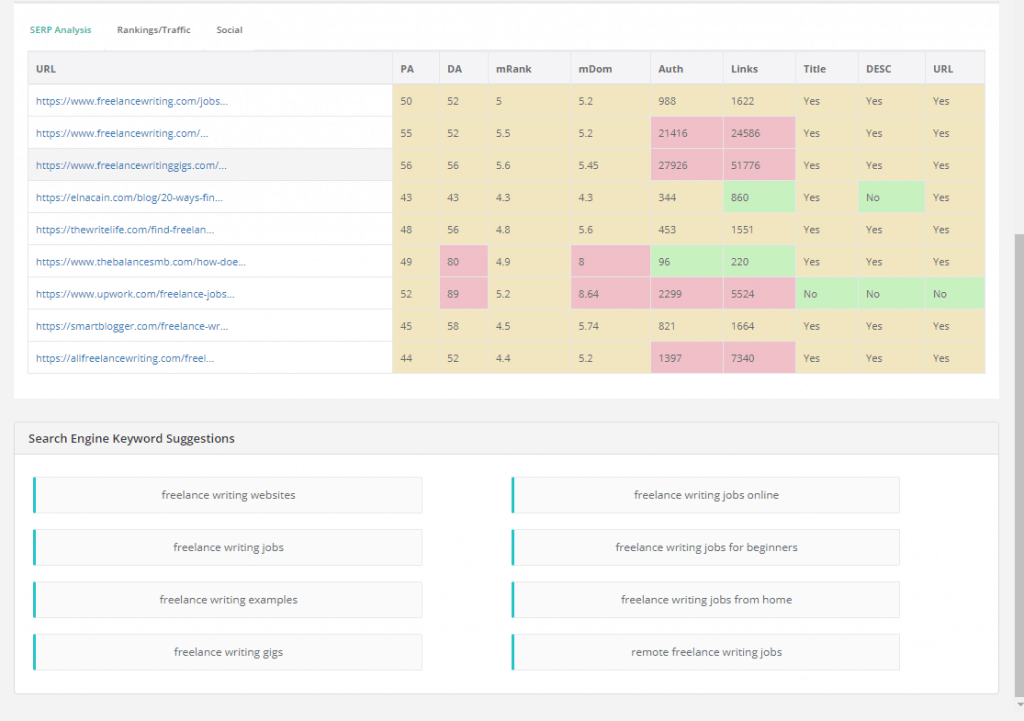
SERP Analysis
Under the keyword research tab, you can see the keyword difficulty, monthly search volume, and other metrics, related keywords, search engine keyword suggestions, and more. In the picture below, I’ve labeled some of these areas.
You can also see how difficult a keyword is to rank for in the SERP analysis section. You’ll notice the red, green, and yellow/gold colors.
Like the keyword difficulty colors above, the red boxes mean the websites that rank the highest will be difficult to compete with. The yellow boxes show the articles that rank the highest that will be moderately difficult to compete with.
The green boxes are the ones you want to look for. If you see a lot of green boxes, that means the competition for the keyword you’re targeting is low. Green means go!
You also learn a lot from the DA column or Domain Authority. If there are too many websites on the first page of Google with high DA’s (they’ll be red), you won’t be able to rank for that keyword as a new blogger.
There’s even more information in this section, like if the top 10 websites used the keyword in their URL, article title, and meta description. This is critical information you can use to beat your competitors by know where the gaps in their SEO strategy are.
And below the SERP analysis that has the top pages on Google are the search engine result’s suggestions.
These results are based on your search and usually, the keywords listed under “Related searches” on Google when you search using your keyword.
How to Check for Keyword Difficulty
Once you put the keyword in the search bar and hit search, it will tell you how difficult it is to rank for. KeySearch has SEO competition levels that are color-coded, and you can use them like a keyword difficulty checker.
· Light Blue means the competition is very easy.
· Light Green means the competition is relatively easy.
· Green means the competition is easy to moderate.
· Yellow means the competition is moderate.
· Light Red means the competition is pretty challenging.
· Red means the competition is very tough to compete with.
More Related Keywords
In the picture above, you can see the section with more related keywords. These are alternatives to the keyword you searched for if it’s too difficult to rank for.
Here you can bulk check, save, or export keywords. I wouldn’t use the bulk check feature because you’ll run out of searches since you’re limited to a certain number each day.
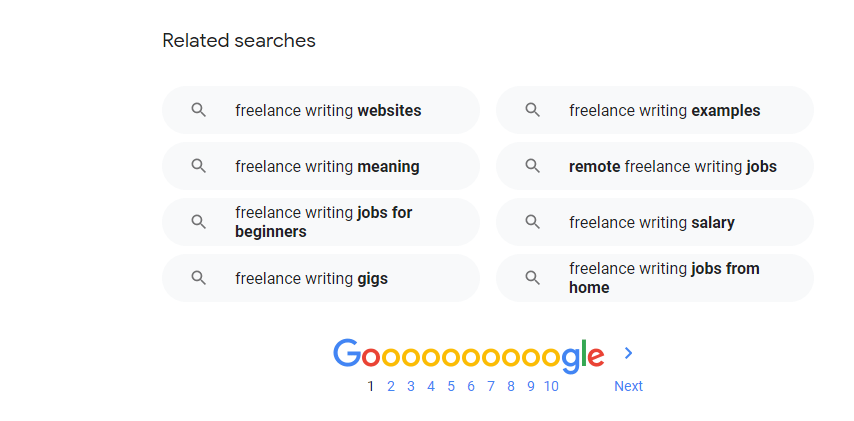
Search Engine Keyword Suggestions
These are some other great keywords to consider, as well. These show up under the SERP analysis and are usually the same ones that show up under related keywords on Google’s first page.
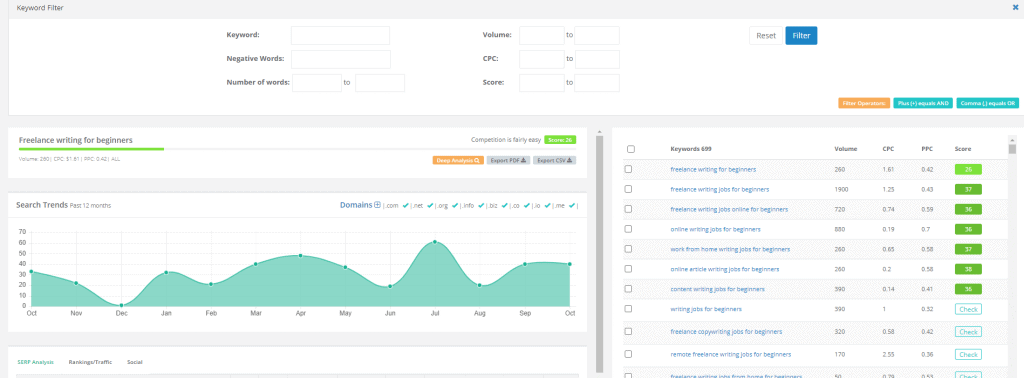
How to Use the Filters to Find the Best Keywords
Now I didn’t know about the filter feature until recently. The filter feature is to the left of the bulk checker box above the alternative keywords on the right.
The filter feature allows you to find keywords by search volume, the number of words in each keyword phrase, the domain authority, and a few other filters. I think the best filter is the monthly searches, so you can see that people are actually searching for your choice of keywords.
Related: Freelance Writing for Beginners
Rank Tracking
Rank tracking is a cool feature. You can enter your website and then add the keywords that you want to rank for. Then KeySearch keeps track of them and updates them.
There’s also a button above the list of keywords that says “We’ve found keywords,” that you can add to your list.
Honestly, I wish this feature was a little more accurate. I’ve had posts show up on the first page of Google and it took a while for KeySearch to update, and sometimes it’s still off a little.
But it’s definitely a very helpful feature. Of course, keyword rankings change all the time, so it’s not surprising that KeySearch isn’t right 100 percent of the time.
Explorer
The explorer page is another vital feature to check out. Once you enter your website URL, it provides critical data to help you find the right keywords you can rank for based on your backlinks, domain strength, and more.
My favorite part is that the explorer pages tells you the exact keyword scores to target. I was mind blown when I saw this because it took the guesswork out of figuring out what keywords I could rank for.
This page also shows the organic keywords you rank for, their position, search volume, and even the estimated traffic you may get from them.
You’ll also find your competitors listed as well as your top referring domains. The keyword score to target is like someone handing you one of the secrets to successful keyword research alone.
The backlink section shows the current number of backlinks you have, and it further breaks them down between dofollow and nofollow links. Your domain authority relies heavily on backlinks to your blog.
Competitive Analysis
The Competitive Analysis tab includes several helpful tools like organic keywords, the backlink checker, competitor gap, and more. It expands on the information located in the Explorer.
Organic Keywords
Remember we talked about competitors earlier? Well, you can see the organic keywords they rank for here. Add their URL in the search bar, and you can choose to search their whole website or just a specific page.
This feature is super helpful, and I tend to use it if I know a topic I want to focus on but can’t find a keyword I can rank for this. These searches help spark some ideas. Once you search, you can download them in an Excel file, copy them, or print them.
Backlink Checker
The backlink checker shows you all the other websites that link back to a URL. You can input any URL to see their backlinks. You can also get a lot of information searching your own domain.
Expect to see many hits if you comment on a lot of other blog posts when networking. Unfortunately, most of these are nofollow and therefore don’t pass much link juice your way.
If you’re researching a competitor, seeing their backlinks gives you ideas of people you can approach for backlinks as well. Check out any websites if they compliment your niche, and you can see if they accept guest posts.

The Competitor Gap
This section helps you see the keywords that a competitor ranks for that you don’t. If you have a page that ranks on Google, but a competitor ranks higher, you can use this feature to see what words they rank for that you don’t.
Just adding those keywords can help boost the keyword you’re ranking for higher. It’s a great way to re-optimize your blog posts to include more keyword phrases you may not have thought of.
Page Analyzer
The page analyzer is another neat tool that provides a glimpse of your URL metrics to include your domain authority, page authority, your total ranking keywords, and backlinks. And you can use this to gain helpful information about your competitors.
If you analyze your website, you may find errors that you can fix or if you’re like me, discover errors that you have no idea how to fix.
The page analyzer also gives you SEO and page speed insights as well. Check it out, and you’ll see a wealth of information.
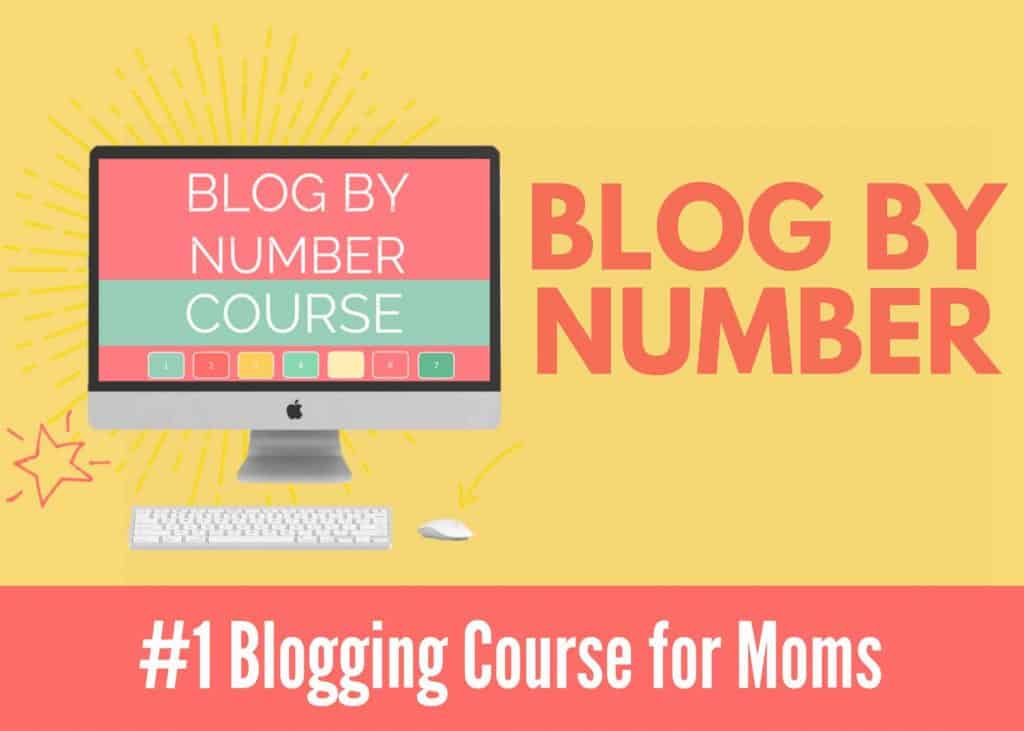
More Tools Tab
I love the more tools tab. The Content Assistant and Opportunity Find are two of my favorite KeySearch tools.
Content Assistant
I searched the first part of this article, and this is what I saw.
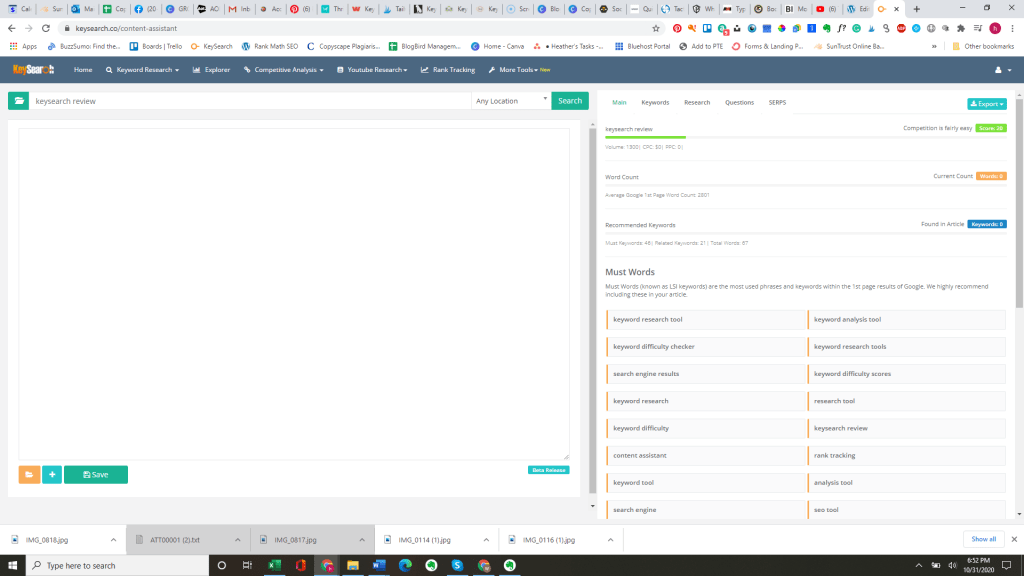
The average word count on the first page of Google is 2,801 words, and mine will be longer, so that’s good.
Now don’t freak out if you see 5,000 words as the average word count. You can still rank with fewer words as long as you provide the info needed to answer the question or provide a complete solution.
But here’s a nice side note, my longest post about freelancing hacks was my first to rank on page one of Google and it was around 5,000 words. So, that’s a fun fact there.
You can also see the must-have keywords you should include in your blog post. This information is critical. The keywords your article includes show up in blue, and the ones you should add are yellow.
You can see this tool is a helpful factor in taking your content to the next level, so it ranks higher on Google.
Opportunity Finder
Under the Opportunity Finder, you’ll see where you can search for websites accepting guest posts and forums where you can engage within a community. These are both ways to help your get backlinks and gain exposure and traffic.
You can also search for influencers’ blogs in your niche for commenting and networking opportunities, leading to more backlinks, exposure, and traffic.
It makes searching for ways to get backlinks to increase your domain authority much easier.

YouTube Research
Everyone knows that video is big now, and it’s not going away for the foreseeable future. So, the YouTube Research feature is an excellent addition to your SEO toolbox.
This tool helps you discover keywords to use in your video descriptions and titles on YouTube. It works just like the Keyword Research tab, except it’s designed only for YouTube. One thing you can see is 12 months of search trends for your keyword as well as the top-ranking YouTube videos.
Under the YouTube Difficulty tab, you can see how hard specific keywords are to rank for. You can use the YouTube List to track the keywords you research.
If you’re active on YouTube, this is one KeySearch feature you’ll want to use.
KeySearch Review-How Much Does KeySearch Cost
Now that you’ve seen all the incredible features of this amazing keyword research tool, I’m sure you want to know about KeySearch pricing. One of the best things about trying Keysearch is that it comes with a 30-day trial.
There are two plans the Starter and the Pro. I’ve never needed more than the Starter plan, and it’s $17.00 a month. But I have a special treat! I have a 20% off coupon code for you if you use my link, instead of $17, you only pay $13.60 a month.
So, now you can start with a fantastic keyword research tool that will help you find the keywords you can actually rank for even if you’re just starting.
Pro Tips for Using KeySearch
Here are some tips for getting the most out of KeySearch and improving your SEO.

Pro Tip #1. Focus on Increasing Your Domain Authority
I’ve heard that one suggestion is to focus on increasing your DA as high as you can by proactively getting as many backlinks as you can. Once your DA rises, research keywords like normal but focus on the keyword phrases where your DA is higher than three of those websites currently on page one of Google.
Pro Tip #2. Find Backlink Opportunities
I know I’ve said this already multiple times, but backlinks are crucial for increasing your DA! I touched on this earlier but go to the Backlink Checker in KeySearch and enter your competitors’ URL. It would be under the Competitive Analysis tab if you forgot.
Input the URL and hit search. Then hit the filter symbol. It’s above the column that dofollow and nofollow. Switch the filter only to show the dofollow links because the nofollow links aren’t as helpful. Now you’ll find places you can target for backlinks.

Pro Tips #3. Try Including the Year in Your Titles and Keywords
This hack is so simple you may have overlooked it. If you want to pass some of your competition for a difficult keyword phrase, then add the current year into the anchor texts of your backlinks or titles.
For example, you may be writing an article on the best keyword research tool. If that’s a competitive keyword, then write a blog post on the best keyword research tool for 2020.
While this isn’t some magical SEO potion, this trick may help you snag some long-tail keyword traffic. I’ve heard some people say they did well with a small niche site using this particular strategy and just adding the year to some backlinks and titles.
While all those features are amazing, my goal was just out of reach. I couldn’t find that secret that would make the difference. Now I was peddling in place on my unicycle nowhere near page one for anything. I was more on page three or four, though that’s a considerable difference than page 27, of course.
It wasn’t until I took a good SEO course that my escape from the Temple of Doom was imminent. I recommend Stupid Simple SEO, but it is expensive. However, after I decided to get serious with SEO, I found this course gave me the Ah-Ha moment I’d been looking for.
If you can’t afford it, there are plenty of free SEO tools out there. Educate yourself on how to do keyword research the right way but take my advice, an inexpensive keyword research tool like KeySearch is priceless.
I hope this Keysearch review helps you attack keyword research the right way. A helpful keyword analysis tool goes along way and now I’m starting to rank on page one and I never thought I would. Now that’s the power of KeySearch. Check out KeySearch now. Check out KeySearch now.
Posts Related to SEO and KeySearch Review
Content Writing Tips for Beginners: How to Look Like a Pro When You’re Not
9 Outstanding Free Courses to Help Grow Your Blog and Make More Money
The Best Inexpensive Accounting Software for Freelancers
Blog Post Outline: How to Write Helpful Content People Actually Love + Template
Content Calendar Trello: How to Create Your First Editorial Calendar in 7 Easy Steps
450+ Fun and Awesome Summer Blog Post Ideas for All Niches
A Content Creation Framework That Helps You Make More Money Every Day
I hope this KeySearch Review helped you learn the power of a good keyword research tool.




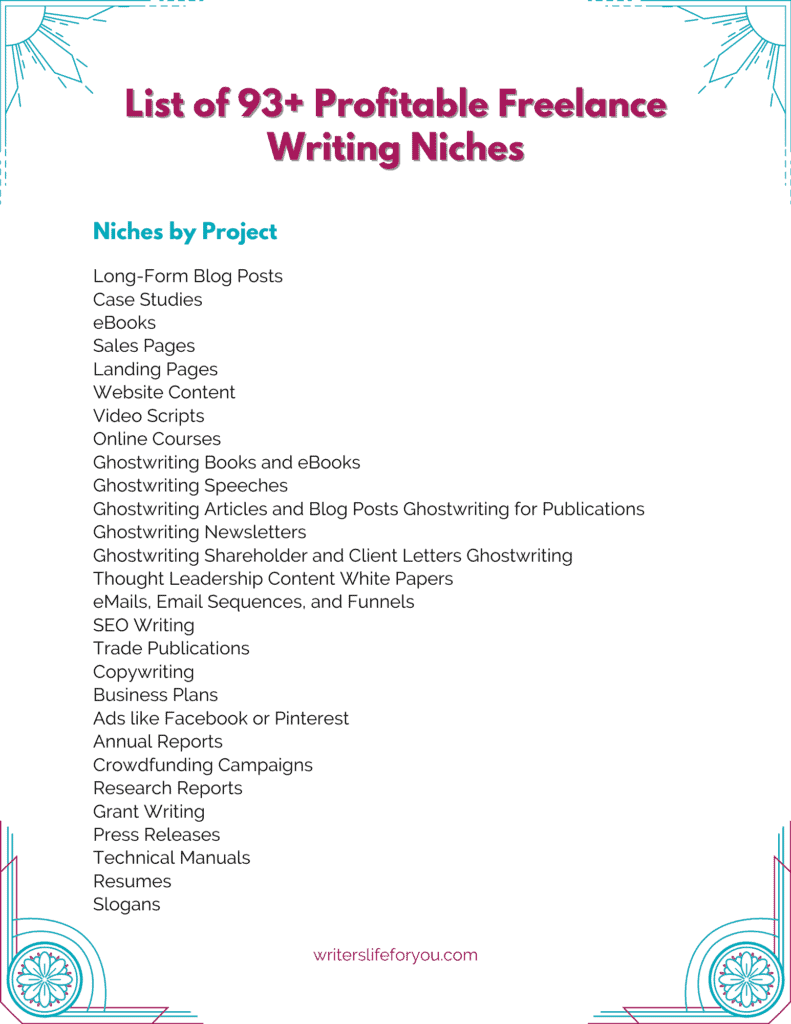








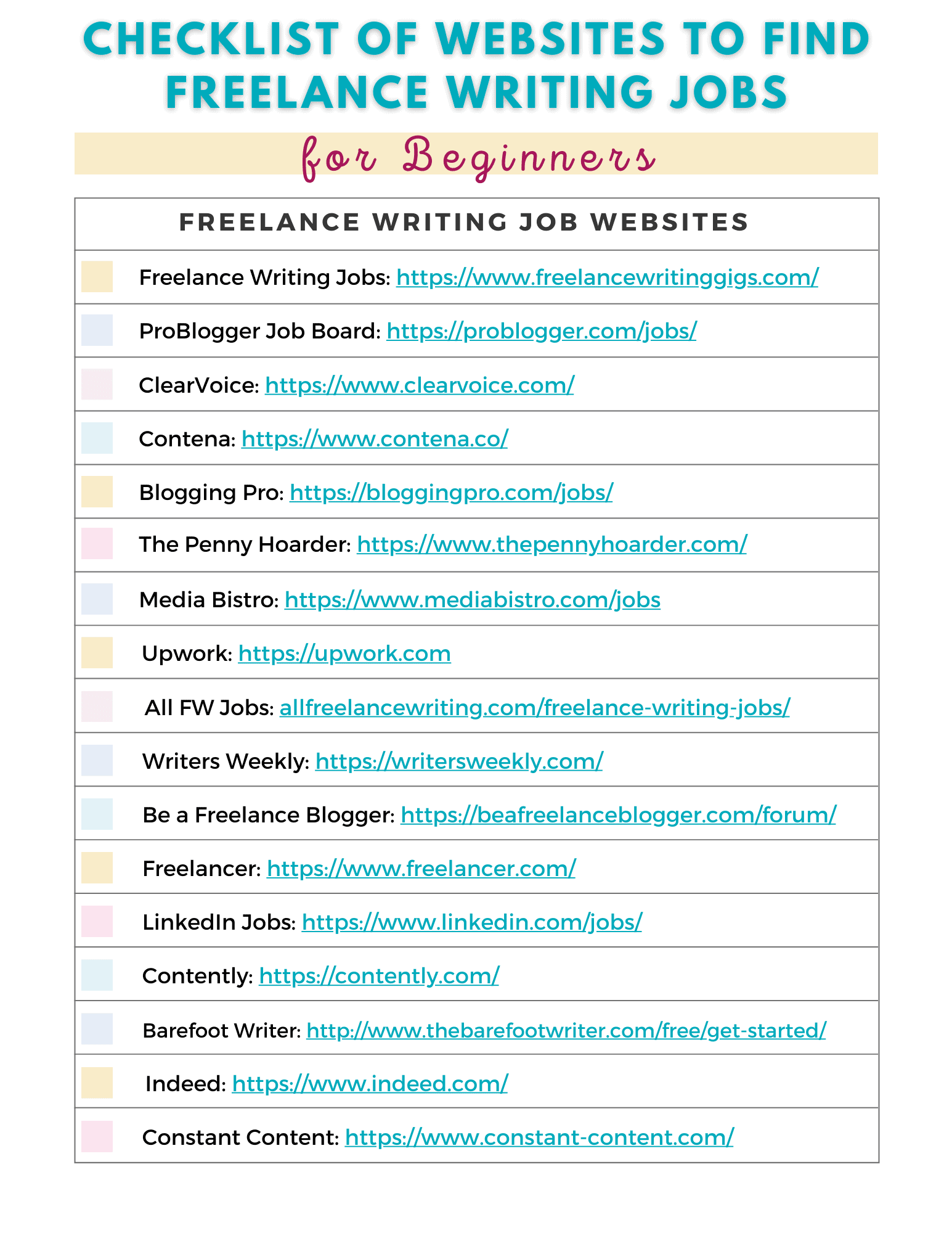


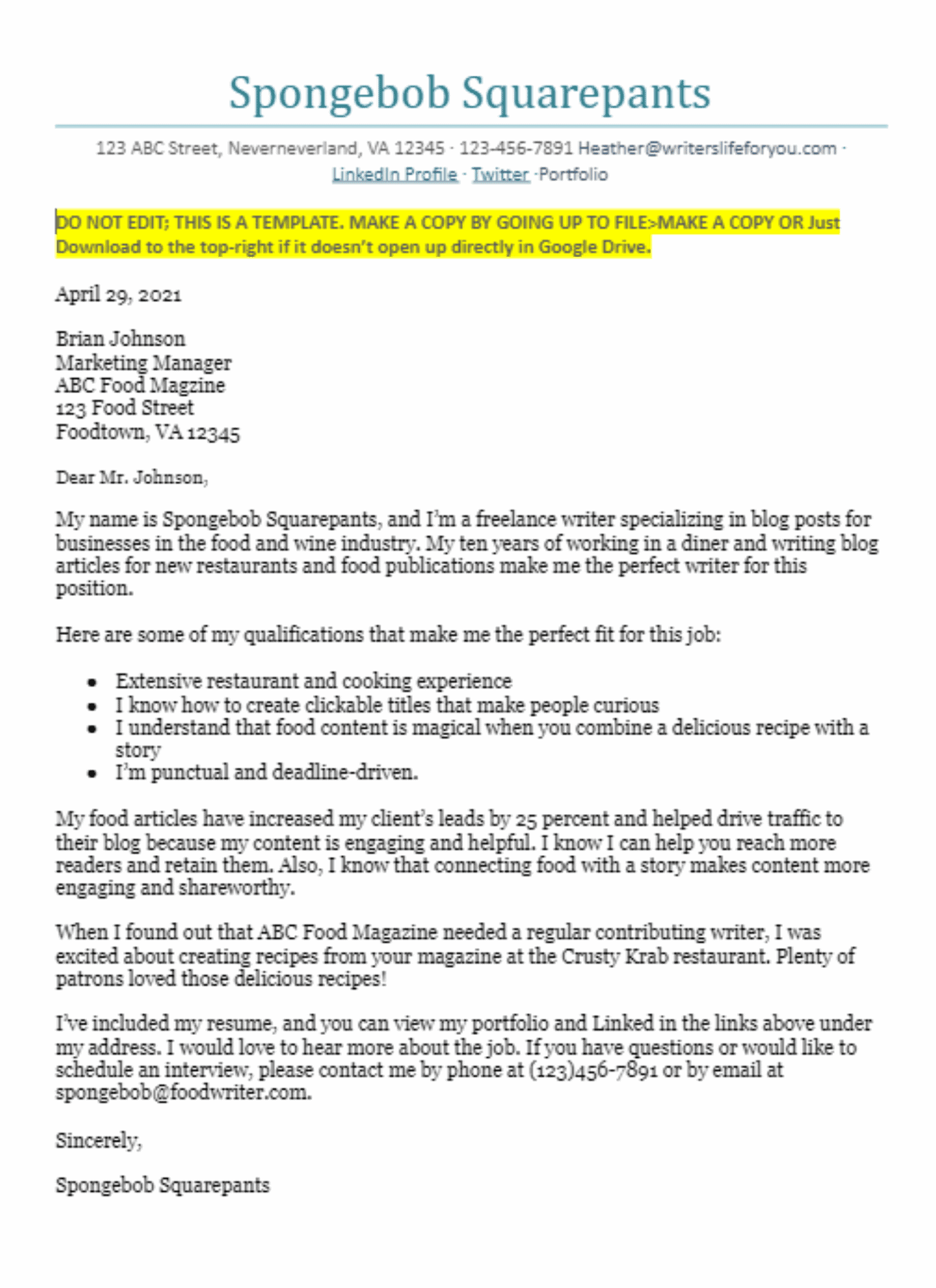








I can’t wait to try some of these!
Great! And have fun exploring KeySearch.
I’m using KeySearch too and it definitely helped me rank higher! There are lots of features I haven’t tried yet but apparently I should!
Oh totally Emma. I can’t tell you how long it took me to find the filters in the keyword research section! But it has made me rank higher too.
Such a good post. This looks like a rich tool as well. Keyword research is so incredibly important and this looks to be a good option. I also like the different level of competition, it gives more options than the difficult, moderate and easy.
Thank you Therese! KeySearch is so robust for the little amount of money that you pay monthly. I’m still learning things I didn’t know it could do.
Wow, what a comprehensive & helpful post! I learned so many new tricks that I can’t wait to try out with Keysearch!
Thank you Karissa! Yep, I couldn’t believe that I found some of these features out late.
Totally bookmarked this for later!!
Awwwww thank you Bekki! I hope it’s helpful because I love KeySearch so much.